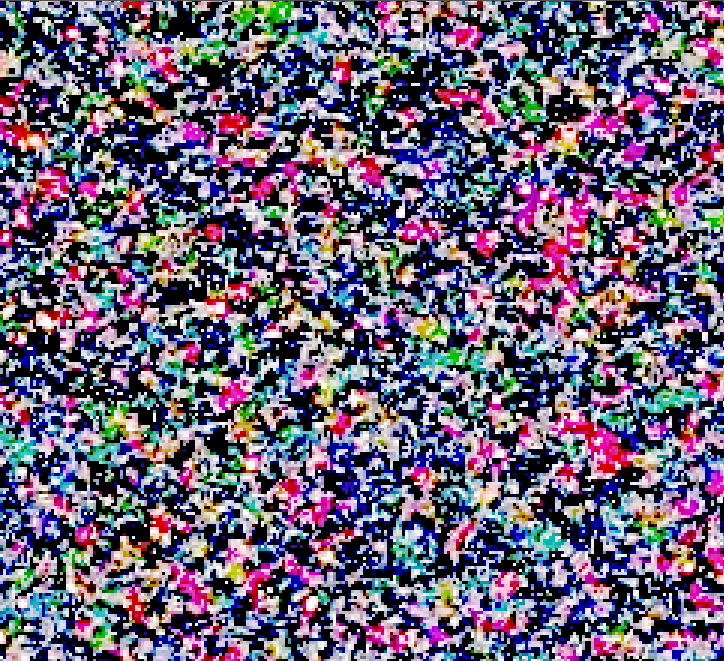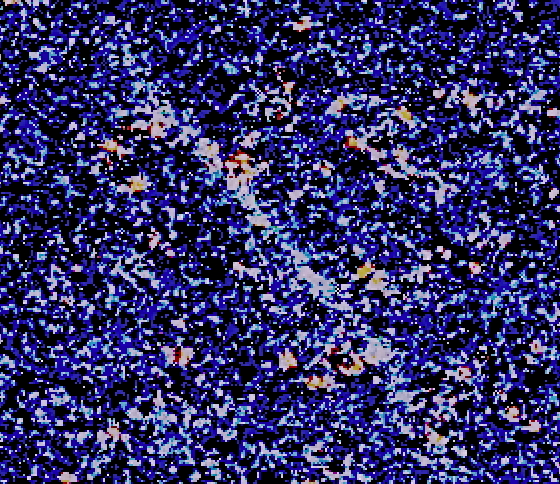Detection of Antimatter Galaxies via Santilli Telescope with Concave Lenses Confirmed at the Sorbonne University, France
Paris, France (PRWEB) March 16, 2014 -- Prof. Svetlin Georgiev of the Sorbonne University, Paris, France, reports the confirmatory publication in Cambridge, U.K., of the original paper by Prof.. Ruggero Maria Santilli, President of the Institute for Basic Research, Palm Harbor, Florida, U.S.A., on the first detection in scientific history of antimatter galaxies via a new telescope with concave lenses (http://www.santilli-foundation.org/docs/Antimatter-telescope-2013-final.pdf).
Newtonian mechanics, Galileo relativity and Einstein special and general relativities have no means for the "classical" representation of "neutral" antimatter. As a result of this feature, it has been popularly believed in academia for about one century that antimatter does not exist at the large scale in the universe, and that antimatter only exists when produced in our laboratories at the particle level. When he was at the Department of Mathematics of Harvard University in the early 1980s under DOER support, Prof. Santilli discovered a new mathematics, today known as "Santilli isodual mathematics," permitting a conjugate formulation of 20th century theories that represents classical, neutral (as well as charged) antimatter. Prof. Santilli then constructed a telescope with concave lenses as predicted by his isodual mathematics and detected, for the first time in scientific history, antimatter galaxies, antimatter cosmic rays and antimatter asteroids. The discovery was then confirmed by a team of independent scientists using the same telescope and other equipment of the original discovery (http://www.santilli-foundation.org/Detect-Ant-Galaxies.html).
"The mathematical relevance of Prof. Santilli's detection of antimatter galaxies is that it confirms the validity of the new isodual mathematics based on a new form of the differential calculus discovered by Newton as a condition to formulate his celebrated equation, and known as Santilli isodual differential calculus," stated Prof. Georgiev. "By remembering the importance of the ordinary differential calculus for all quantitative sciences, we can safely predict important new advances permitted by Santilli isodual differential calculus in all quantitative sciences, with particular reference to basic advances biology, as outlined in my forthcoming monograph" (http://www.santilli-foundation.org/docs/isohandbook.pdf).
"The physical relevance of Prof. Santilli's detection of antimatter galaxies is evident not only for the ensuing new conception of the universe, but also for the protection of our planet against antimatter asteroids." stated Prof. Georgiev. "Since antimatter asteroids are not predicted by Einstein theories, they are ignored by the academic community. However, our Earth has been devastated in the past by antimatter asteroids, such as the famous 1908 Tunguska explosion in Siberia, with resulting paralysis for days of all civilian, industrial and military communications because the annihilation of antimatter in our atmosphere produce extremely intense electromagnetic radiations that excite all atoms and molecules in our atmosphere, by therefore prohibiting any communication. Therefore, I join the current call for systematic research for the advance detection of antimatter asteroids prior to their hitting our planet, that requires the prior development of the new Santilli isodal optics for antimatter light" (http://www.santilli-foundation.org/docs/Antimatter-2013.pdf).
Pamela Fleming
Executive Secretary
The Institute for Basic Research
Palm Harbor, Florida, U.S.A.
http://www.i-b-r.org
Ruggero Santilli, R M Santilli Foundation, http://www.santilli-foundation.org/, +39 3475469041, [email protected]


Share this article